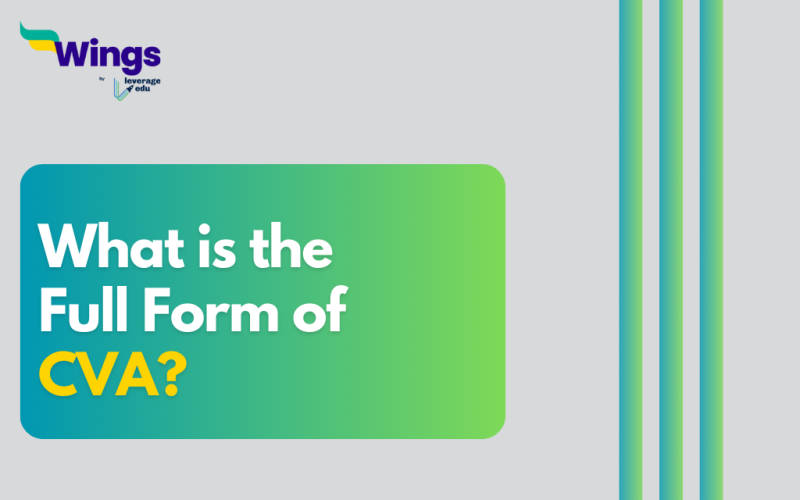The full form of CVA is “cerebral vascular accident.” This is a term used to describe a stroke. A stroke occurs when there is a sudden interruption of blood flow to the brain, which leads to the deprivation of vital oxygen and nutrients. This interruption can be caused by various factors, such as a blood clot blocking a blood vessel or the rupture of a blood vessel in the brain.
Also Read – What is the Full Form of CBC?
What are the Different Types of CVA?
Table of Contents [show]
There are mainly two types of CVA, each with its own distinguishable characteristics and causes. Understanding these variations can help in identifying and managing the condition effectively.
- Ischemic Stroke: This is the most common type of CVA, accounting for approximately 87% of all cases. It occurs when a blood clot develops within a blood vessel, blocking the flow of blood to a specific area of the brain. Ischemic strokes can further be classified into two subtypes: thrombotic stroke, caused by a clot forming directly in the brain’s blood vessels, and embolic stroke caused by a clot travelling from another part of the body to the brain.
- Hemorrhagic Stroke: Hemorrhagic strokes are less common but can be more severe. They occur when a blood vessel in the brain ruptures, leading to bleeding within the brain tissue. This can be the result of conditions such as high blood pressure, aneurysms or arteriovenous malformations (AVMs).
Also Read – What is the Full Form of BP?
What are the Common Causes and Risk Factors of CVA?
Some Common causes of CVA are –
- High Blood Pressure
- Smoking
- Diabetes
- Obesity
- Sedentary Lifestyle
Also Read – What is the full form of BAC?
Diagnosing and Treating CVA
Prompt diagnosis and treatment are essential in the management of CVA. Doctors employ several diagnostic methods like –
- Physical and Neurological Examination: Doctors assess a patient’s physical condition, including reflexes, coordination and muscle strength.
- Imaging Tests: CT scans and MRI scans are commonly used to visualize the brain and identify any abnormalities or signs of stroke.
- Blood Tests: These tests help determine various factors, such as cholesterol levels, blood sugar levels, and clotting factors.
Once diagnosed, treatment for CVA focuses on minimizing brain damage and preventing further complications. Treatment options may include:
- Medication: Different medications, such as antiplatelet agents and anticoagulants, are utilized to reduce the risk of blood clots and manage underlying conditions.
- Surgical Intervention: In certain cases, surgical procedures may be necessary to treat underlying causes or prevent future strokes.
- Rehabilitation: Rehabilitation programs involving physical therapy, speech therapy, and occupational therapy help in the recovery and restoration of function post-CVA.
Popular Full Forms
We hope this blog has helped you understand the CVA full form and everything related to it. If you want to know more, find the 300+ full forms list on our blog. In the world of short forms, you can rely on the Leverage edu page to know about more full forms like this! Connect with us study abroad experts to achieve your international dream today!
 One app for all your study abroad needs
One app for all your study abroad needs















 45,000+ students trusted us with their dreams. Take the first step today!
45,000+ students trusted us with their dreams. Take the first step today!
